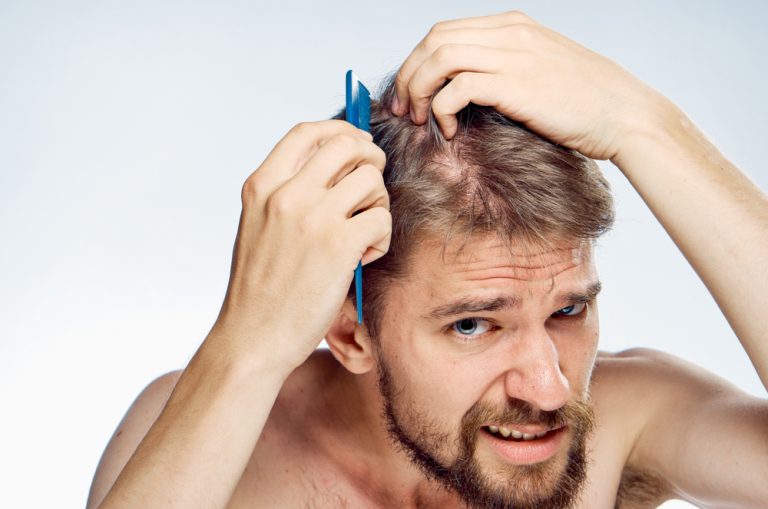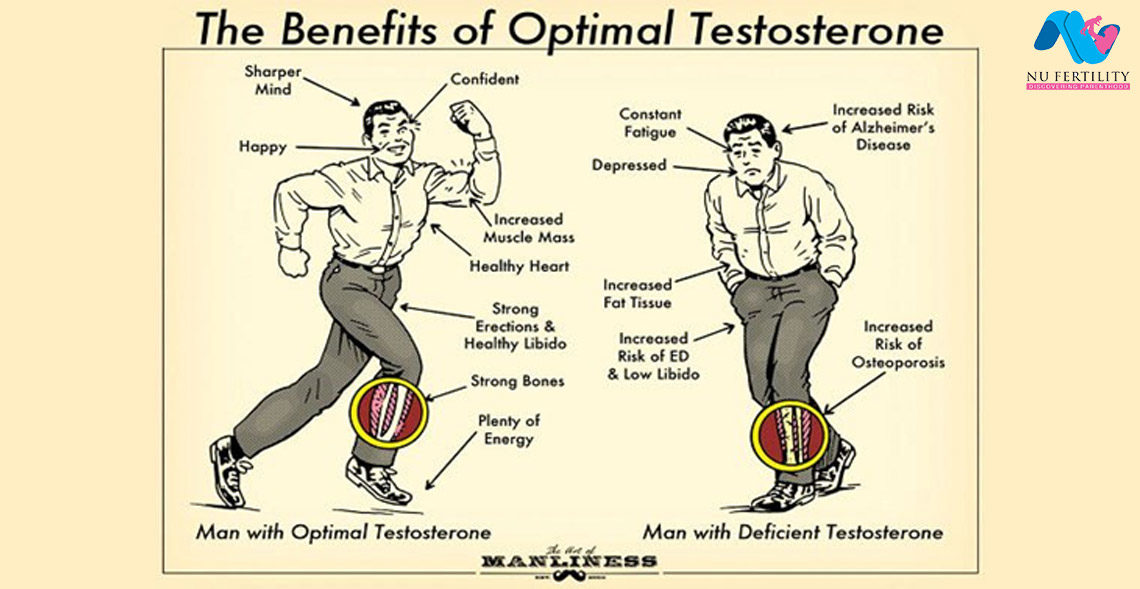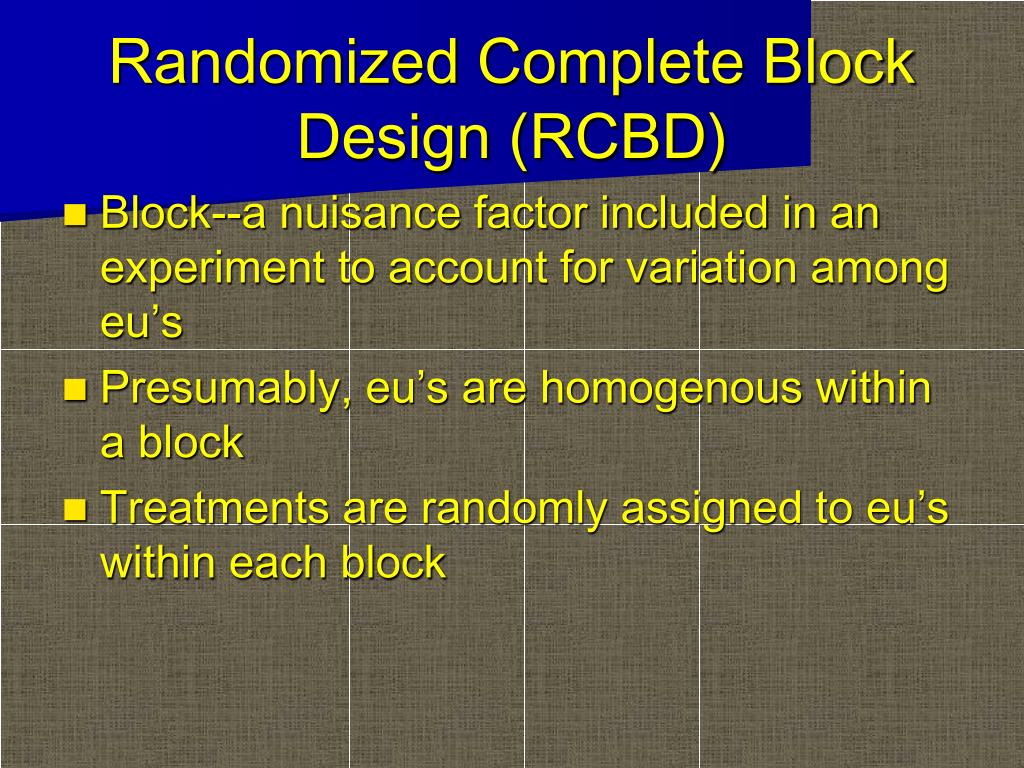Table Of Content

Conditions that affect how your hypothalamus and/or pituitary gland cause secondary hypogonadism. This is known as hypogonadotropic hypogonadism because there are low levels of luteinizing hormone (LH) and follicle-stimulating hormone (FSH). Those low levels cause decreased testosterone and sperm production. Testosterone levels in adults AMAB naturally decline as they age. This includes cisgender men, non-binary people AMAB and transgender women who aren’t undergoing feminizing hormone therapy.
Medical Professionals
According to the American Academy of Dermatology, it’s completely normal to shed anywhere between 50 to 100 strands of hair per day. However, if you’ve noticed more strands falling out of your head than normal, you may be experiencing alopecia, the medical term for hair loss. Common diagnoses include androgenetic alopecia, alopecia areata, telogen effluvium, and lymphocytic scarring alopecia, Agbai tells USA TODAY. Testosterone is the hormone most responsible for sex drives and high libidos in men. One of the biggest worries faced by men with declining testosterone levels is the chance that their sexual desire and performance will be affected. One study discovered testosterone levels were mildly higher in men after a three-week period of abstinence.
How do trees and green spaces enhance our health?

The hair within a follicle typically goes through a growth cycle that lasts about two to six years. Even if you shave or cut your hair, the same hair will grow back out of the follicle from the root of the hair contained within the follicle. If you’re a weed smoker worried about your hormone levels, you may want to reconsider using the recreational drug. About 15% of men with fertility problems have low testosterone levels.
Scalp infections
Raising your testosterone levels won’t magically stop balding or cause your hair to grow back. Healthcare providers can use a blood test to measure the amount of androgen hormones in your blood. But changing hormone levels can make it difficult to accurately identify an androgen deficiency. The normal range for testosterone in women and people AFAB is 15 to 70 ng/dL, but where you fall within that range may depend on your age and other health factors. There are conflicting studies concerning the effect of smoking on testosterone levels. A 2021 study from Egypt demonstrated that serum testosterone levels among smokers were significantly lower compared with nonsmokers.
Adderall side effects in females
Deficiencies in B vitamins, especially B-6 or B-12, can cause a number of symptoms, including thinning hair or hair loss. Finasteride binds to 5-AR proteins to block DHT from binding with them. This helps keep DHT from binding to receptors on your hair follicles and keeps them from shrinking.

The size and shape of your head may also contribute to how quickly DHT shrinks your follicles. If you’re considering TRT, we HIGHLY recommend contacting a reputable online TRT provider like Fountain TRT. In people with fertility problems, low testosterone may be a symptom of a testicular function issue causing infertility rather than a cause of infertility itself. Most people will notice relief from symptoms within 3–60 weeks of starting TRT. In some cases, people with a deficiency of the hormone develop gynecomastia, which causes an enlargement of the breasts. The complications of untreated hypogonadism differ depending on when it develops — during fetal development, puberty or adulthood.
Could low-fat diets reduce testosterone levels in men? - Medical News Today
Could low-fat diets reduce testosterone levels in men?.
Posted: Wed, 22 Jan 2020 08:00:00 GMT [source]
However, not every man with high testosterone levels will experience hair loss. In conclusion, the relationship between hair loss and testosterone levels is complex and not fully understood. It is worth noting that the evidence on the relationship between hair loss and testosterone levels is mixed and inconclusive.
Male pattern baldness, or androgenic alopecia, affects an estimated 50 million men and 30 million women in the United States, according to the National Institutes of Health (NIH). Hair loss is due to the shrinkage of hair follicles and the resulting impact on the growth cycle. New hairs become finer and finer until there’s no hair left at all and the follicles become dormant. Your ovaries, adrenal glands and other tissues and cells produce testosterone.
Reduced cognitive function and other symptoms
In these cases, your healthcare provider may recommend treatment such as testosterone replacement therapy (TRT). Hormonal imbalance occurs when the body decreases the production of specific hormones necessary to regulate how our bodies function, leading to physical issues like weight gain and sexual dysfunction. Hormone replacement therapy (HRT) can help restore and maintain a man’s hormonal balance by utilizing natural or synthetic hormones to replenish the loss of hormones naturally produced by the human body. Commonly referred to as male pattern baldness (MPB), androgenic alopecia can occur in both men and women as early as their teens. Typically, MPB begins when the hairline starts to recede, and the hair gradually disappears from the crown and frontal scalp. It is possible to reverse hair loss caused by low testosterone with proper treatment.
Primary hypogonadism refers to a testicular injury or malfunction of some kind that causes a disruption of your testicles’ ability to produce testosterone. These causes can be genetic or acquired later in life through viral or bacterial infections, direct injuries or by other means like chemotherapy or radiation. The four- to eight-hour procedure involves removing healthy hairs from your scalp and transplanting them into a thinning area, explains the AAD. It’s well known as a potentially beneficial treatment for an enlarged prostate and prostatitis due to its DHT-blocking ability. Because of this, it’s also thought to be a possible treatment for DHT-related hair loss, too.
Hair loss related to androgenetic alopecia occurs in patients with a family history of male pattern baldness due to an increased sensitivity of hair follicles to the hormone DHT. As DHT binds to the hair follicle, it becomes weaker and thinner, ultimately causing the hair to fall out and the hairline to recede. DHT is produced when testosterone binds to the 5-alpha reductase enzyme, and higher testosterone levels often lead to higher levels of DHT. As such, low testosterone levels are not directly related to hair loss. Patients experiencing low testosterone levels may find Low T affects many aspects of their lives.




















